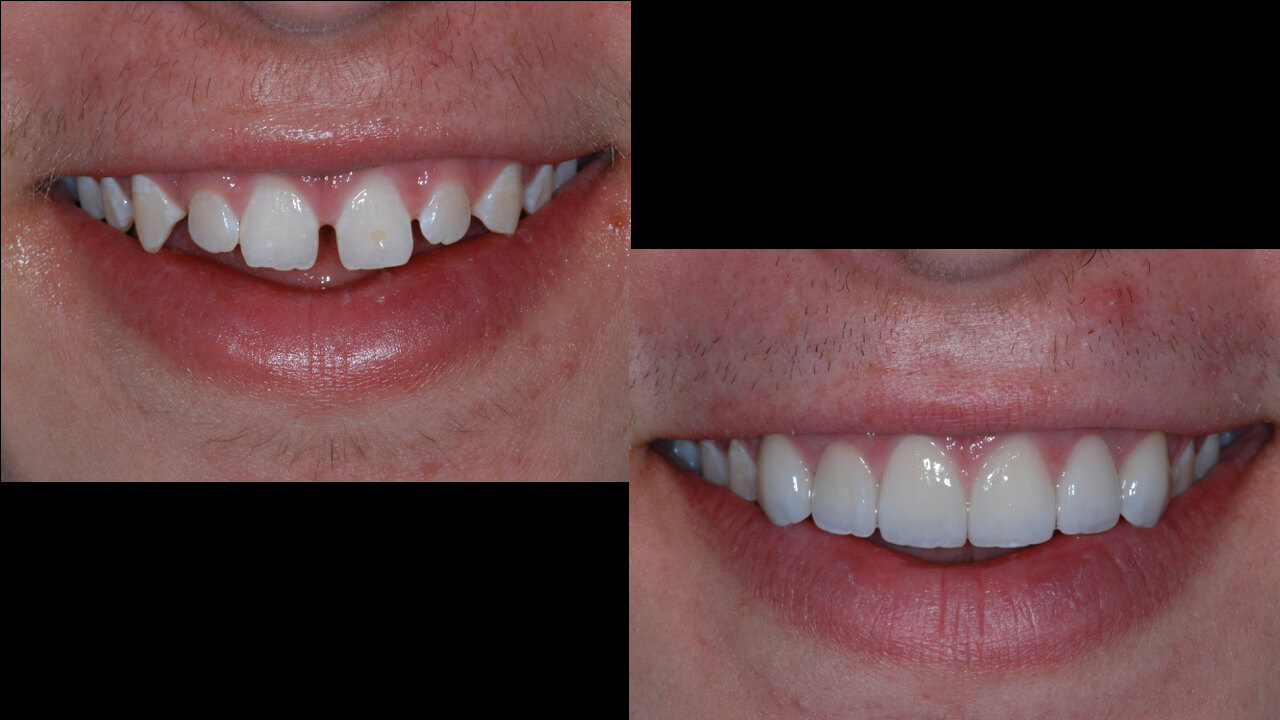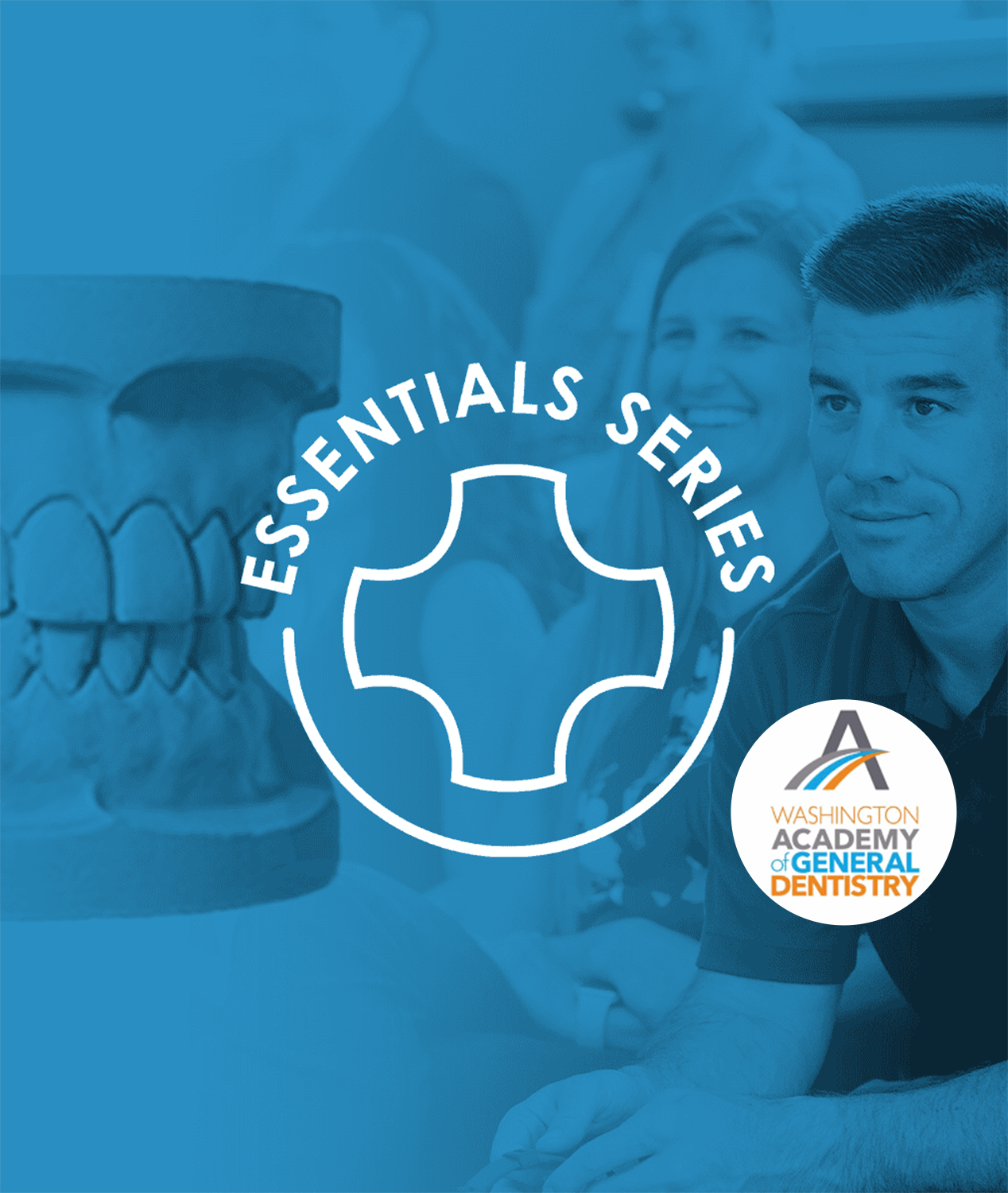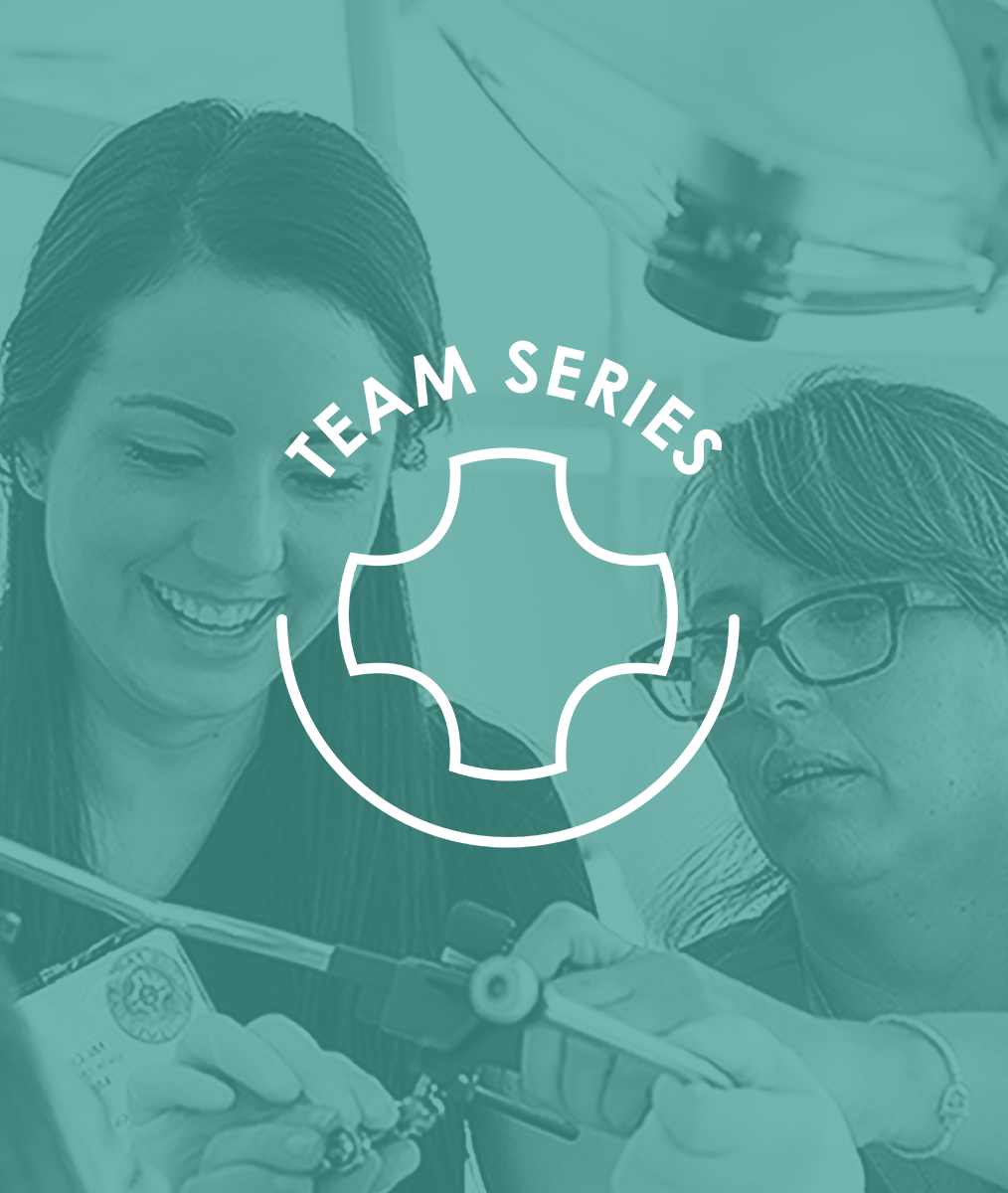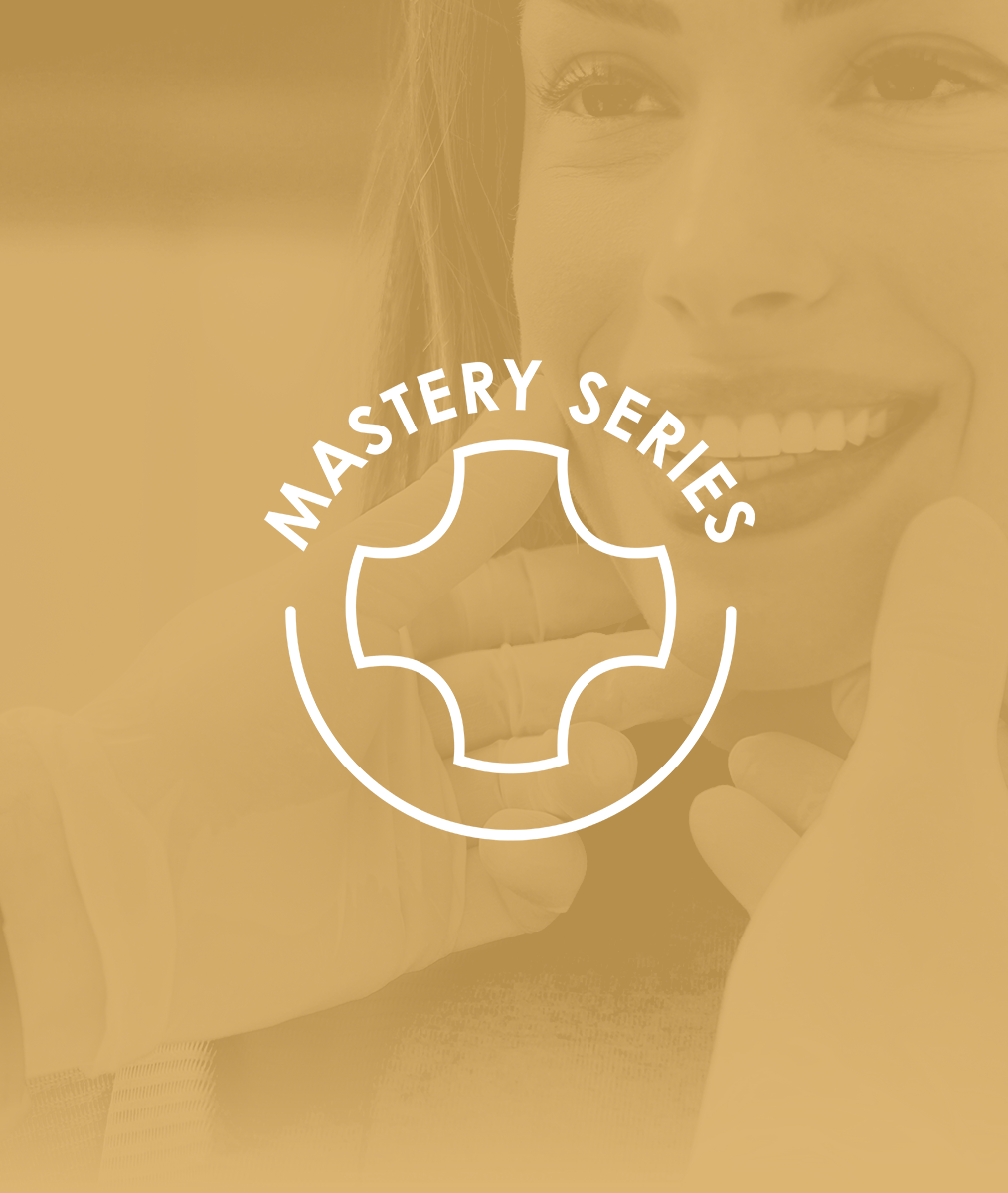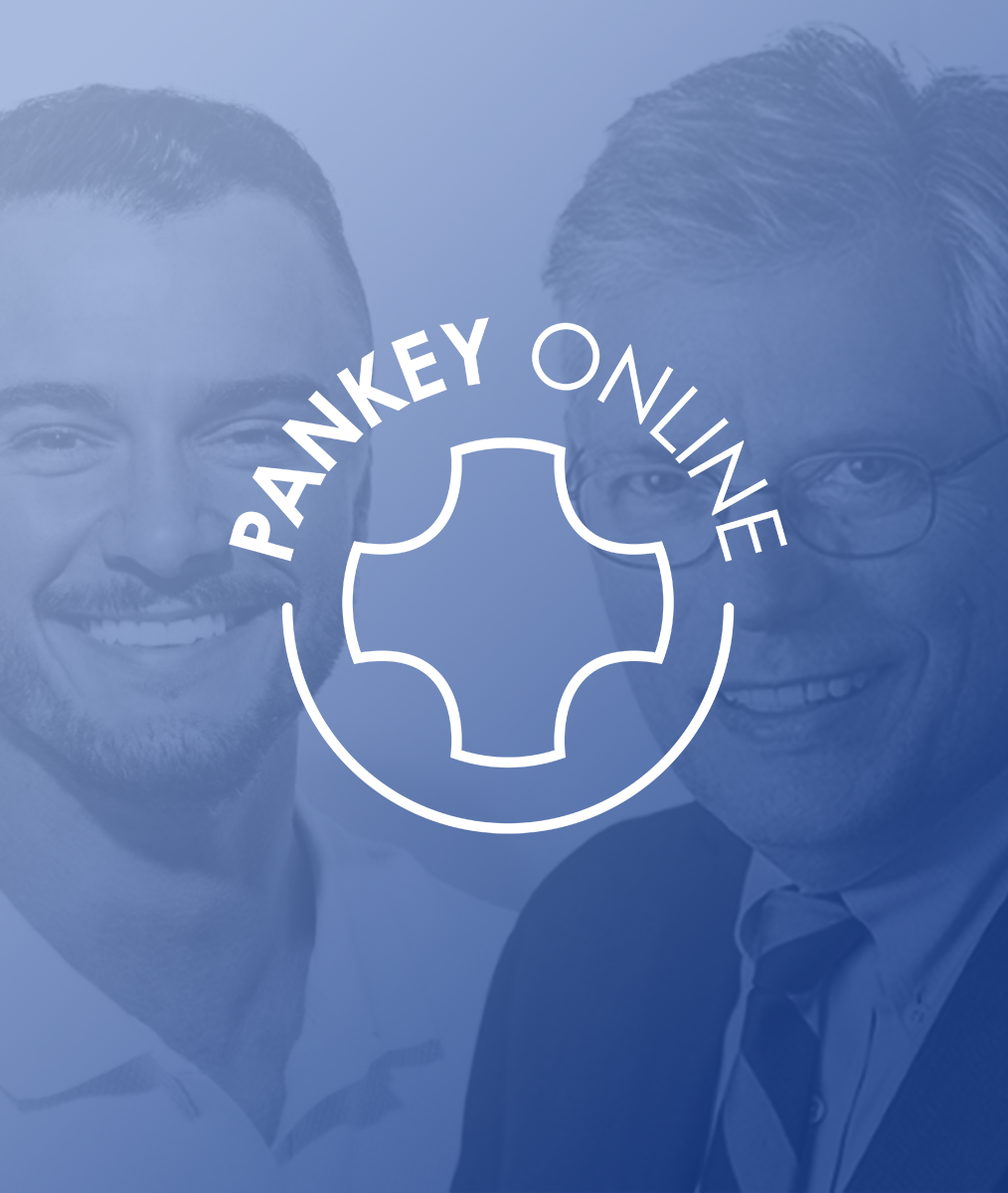Fine-Tuning a New Patient System
Clarifying and fine-tuning a new patient system can be more challenging than you might think.
Five years ago, my partner Charlie and I bought a ‘Pankey practice.’ Soon after the transition, we started to recognize that our new patient system would need a little adjusting. The prior owners, who happened to also be my parents, had almost every new patient go through the same protocol.
Charlie and I noticed that the young adult patients who were drawn to our practice had two things in common. (1) They wanted cleanings at the first appointment and (2) they often had less dental needs. We concluded they may not need all the diagnostic records that someone with a lot of restorative needs would have to have.
Defining an Efficient Patient System
I am very systems oriented, and having worked with my parents for a few years, it wasn’t easy for me at first to switch up the new patient system. I liked having all patients funnel through the same protocol, but I began to realize that to get the younger generation into our practice we needed to cater to their desires and gain their trust.
When a patient calls our office, we have a great team that asks questions to understand what the patients’ needs are. I would say that because our referral is mostly word of mouth, we still have many new patients looking for comprehensive treatment. This means we have the traditional new patient appointment, which includes the new patient interview comprehensive exam and full diagnostic records.
But if a patient calls and says they want a cleaning and that there are no concerns, we flex and allow them to meet with the doctor first for a new patient interview, then they have their comprehensive exam and we finish with a cleaning with the hygienist.
If I find that diagnostic records are necessary, I will then have them come back for the records. Sometimes if I really think it would be in the patient’s best interest to not have the cleaning the same day, I will try and talk to the patient to help them understand why I think diagnostic records would be a better option that same day. Most times, if the patient understands the benefits, they are comfortable coming back for the cleaning with the hygienist on another day.
No matter whether the patient has the full new patient exam and diagnostic workup or has the exam and cleaning, the most important part to me is the first 30 minutes where I sit down with the patient and get to know them. I love this time because it allows me to learn about my patient. It also allows the patient to learn about me and my practice and ask any questions.
I believe those first minutes with my patients set our practice apart. It is the beginning of building trust so that whether they have a healthy mouth or need extensive treatment, they are confident that my practice will work with them to maintain optimal oral health.
Related Course
E3: Restorative Integration of Form & Function
DATE: August 16 2026 @ 8:00 am - August 20 2026 @ 2:30 pmLocation: The Pankey Institute
CE HOURS: 41
Dentist Tuition: $ 7500
Single Occupancy with Ensuite Private Bath (per night): $ 355
Understanding that “form follows function” is critical for knowing how to blend what looks good with what predictably functions well. E3 is the phase of your Essentials journey in which…
Learn More>








